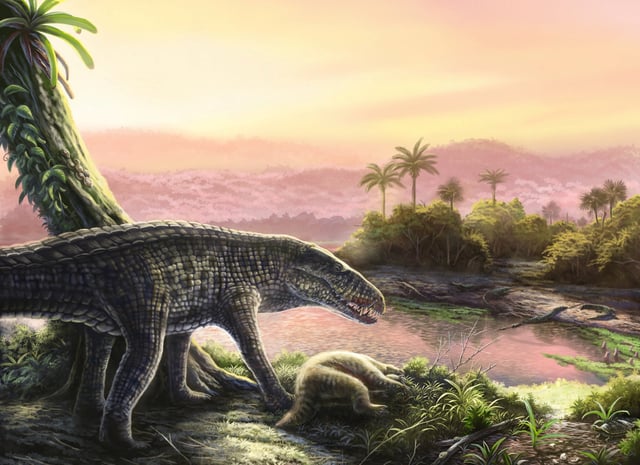Overview
- Researchers identified flattened vertebrae and serrated teeth from fossils in the Dominican Republic as belonging to sebecids, confirming their presence in the Caribbean.
- The fossils, dated to 4–7 million years ago, extend the known survival of sebecids beyond their extinction in South America 10–12 million years ago.
- This marks the first definitive record of sebecids in the Caribbean, with earlier isolated teeth in Cuba and Puerto Rico suggesting broader regional distribution.
- The discovery supports hypotheses of ancient land bridges or rafting as potential dispersal methods for sebecids from South America to the Caribbean.
- Sebecids, terrestrial apex predators with upright limbs and serrated teeth, played a critical role in ancient Caribbean ecosystems before their extinction.
